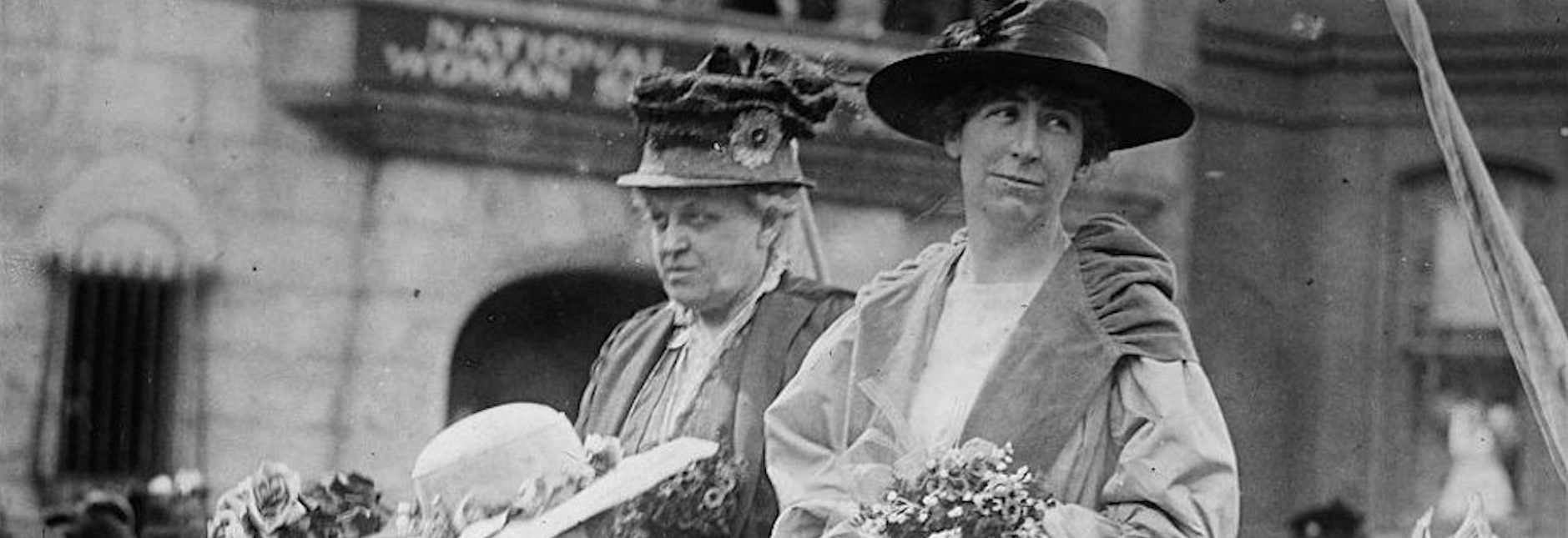
Women’s History Month offers us the opportunity to reflect and celebrate all the remarkable women who have left an indelible mark on Big Sky Country. As we honor the legacies of the extraordinary individuals who have shaped the trajectory of Montana’s history – let us remember Jeannette Rankin, the widely revered luminary of women’s rights in Montana and beyond.
View this post on Instagram
Jeannette Rankin was born in Missoula County on June 11, 1880. The eldest in the family, she grew up working on her family farm until eventually graduating from the University of Montana. She went on to study and work in California, New York, and Washington. She first became involved in the women’s suffrage movement while still at the University of Washington – eventually becoming an organizer of The New York Women’s Suffrage Party dedicated to lobbying on behalf of the National American Women’s Suffrage Association (NAWSA).
In 1911, she returned home to become the first woman to stand before the Montana Legislature, advocating on behalf of women’s enfranchisement in the Treasure State. Working with NAWSA, Rankin traveled all over Montana - establishing a name for herself as one of the leading forces behind suffrage on a national scale. Just three years later, Montana became the 10th state to grant women the right to vote. While this was a huge success in her home state, Rankin had her sights set on a run at U.S. Congress.
View this post on Instagram
When Rankin was just thirty-six years old, she became the first woman in the history of the United States to be elected to the U.S. House of Representatives. Six days after being sworn in – President Woodrow Wilson called an emergency session for a vote on entering World War I. At three o’clock in the morning on April 2nd, 1917 – Rankin cast her first vote, “I want to stand by my country, but I cannot vote for war. I vote ‘no.’” While the war measure passed without her support – she continued to champion the suffrage amendment during her time in Congress. Her efforts secured a win for women’s suffrage with passage in the House – though it did not pass in the Senate – the momentum was tangible. Though Rankin was not reelected for a following term, the 19th Amendment was passed just a year after she left office – giving women nationwide the right to vote following ratification in 1920.
View this post on Instagram
Almost twenty years after her departure from politics – Rankin decided it was time to return to Montana and run for the U.S. House of Representatives for a second time. In 1940, she ran and won on the promise she would keep America out of war. The day after the bombing of Pearl Harbor, Rankin was once again tasked with voting on the United States involvement – this time in WWII. She was the sole vote against entering the war – earning her the unique title of being the only person to have voted against American involvement in both WWI & WWII.
View this post on Instagram
After another single term, she again returned to a more private life. Rankin did eventually return to Congress in 1968, when she led a march of 5,000 activists against the Vietnam War. Rankin’s persistent action and unwavering passion for peace was still strong at 87 years of age. Jeannette passed away at 92 after a lifelong dedication to world peace and the welfare of women and children. Over a century later, the achievements, struggles, and triumphs of Jeannette Rankin’s service echo beyond state borders. In honor of Women’s History month – let us pay homage to the women who have played pivotal roles in Montana’s rich history and ensure their stories resonate for generations to come.

Stop by Jeannette Rankin Hall at the University of Montana campus, erected in 1908 - the building serves as a tribute to the lasting impact Rankin had on her alma mater, her home, and women on a national scale.